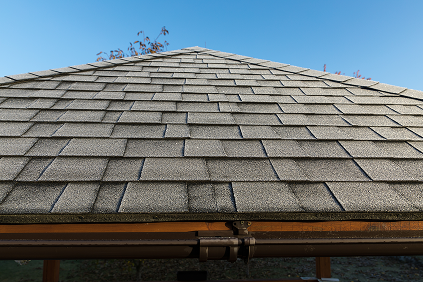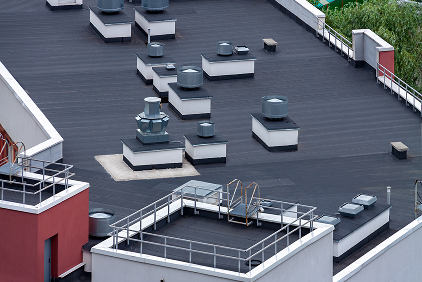Flat Roofs vs. Sloped Roofs: Which Is Right for Your Property?
Understanding the Basics
Choosing between a flat roof and a sloped roof is a major decision that impacts the functionality, aesthetics, and long-term value of your property. Each option offers unique advantages and challenges, depending on your building type, climate, and maintenance expectations.
Flat roofs are often seen in modern residential designs and commercial buildings. They provide a sleek, contemporary look and allow for easy installation of rooftop systems like HVAC units or solar panels.
Flat roofs also offer the possibility of creating rooftop gardens, patios, or additional usable space. However, they require excellent drainage systems to prevent water pooling and typically need more frequent maintenance.
Sloped roofs, on the other hand, are a classic choice for homes and many traditional buildings. Their angled design naturally
encourages water and snow runoff, reducing the risk of leaks and structural strain.
Sloped roofs also offer a wide variety of design options, from gable to hip styles, allowing more creativity in architecture. They tend to have a longer lifespan with less maintenance compared to flat roofs but may involve higher initial construction costs.
Choosing the Right Roof for Your Needs
The best roofing style depends on several factors.

For residential homes in areas with heavy rain or snow, a sloped roof is usually a safer and more durable choice.

